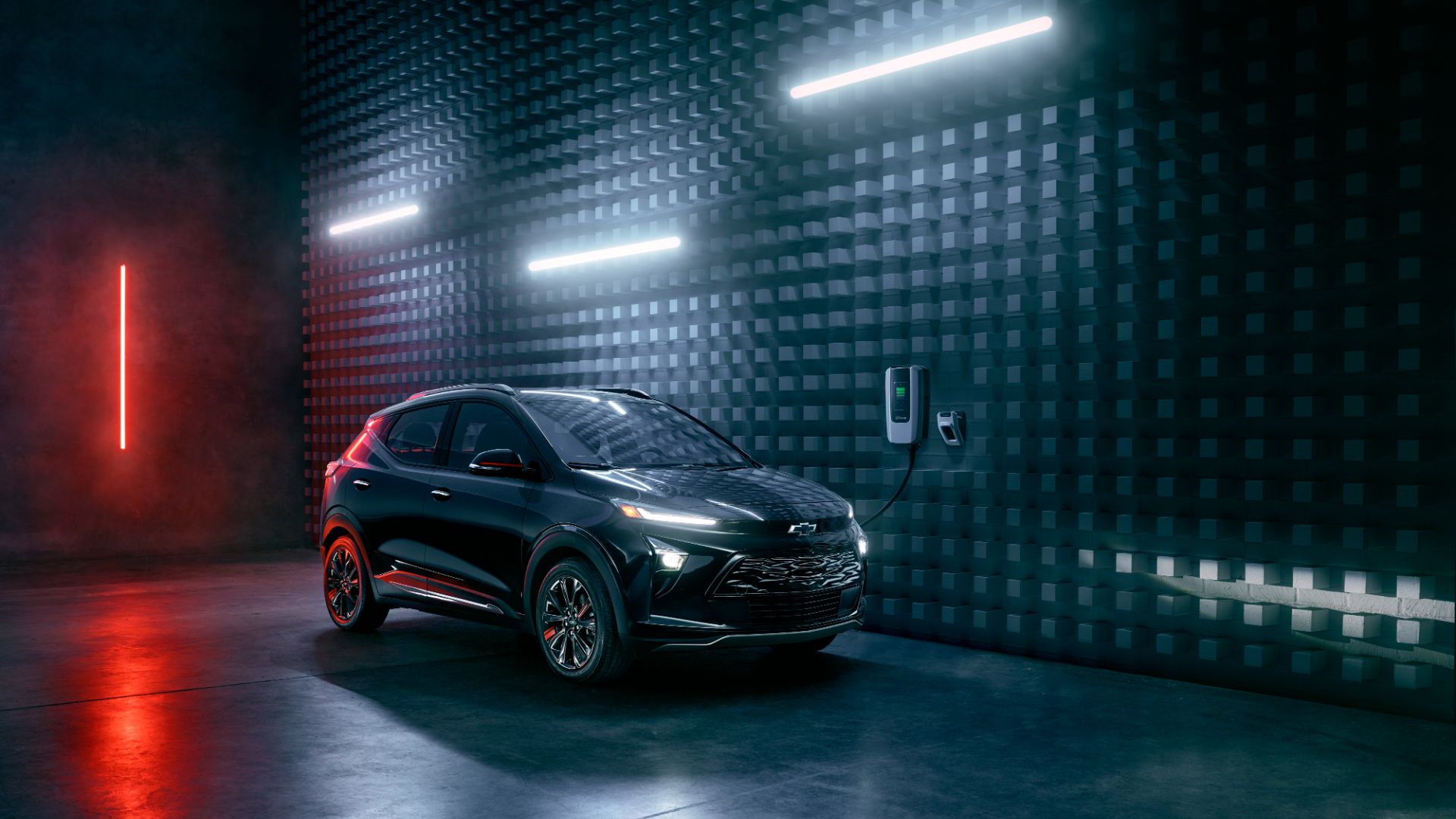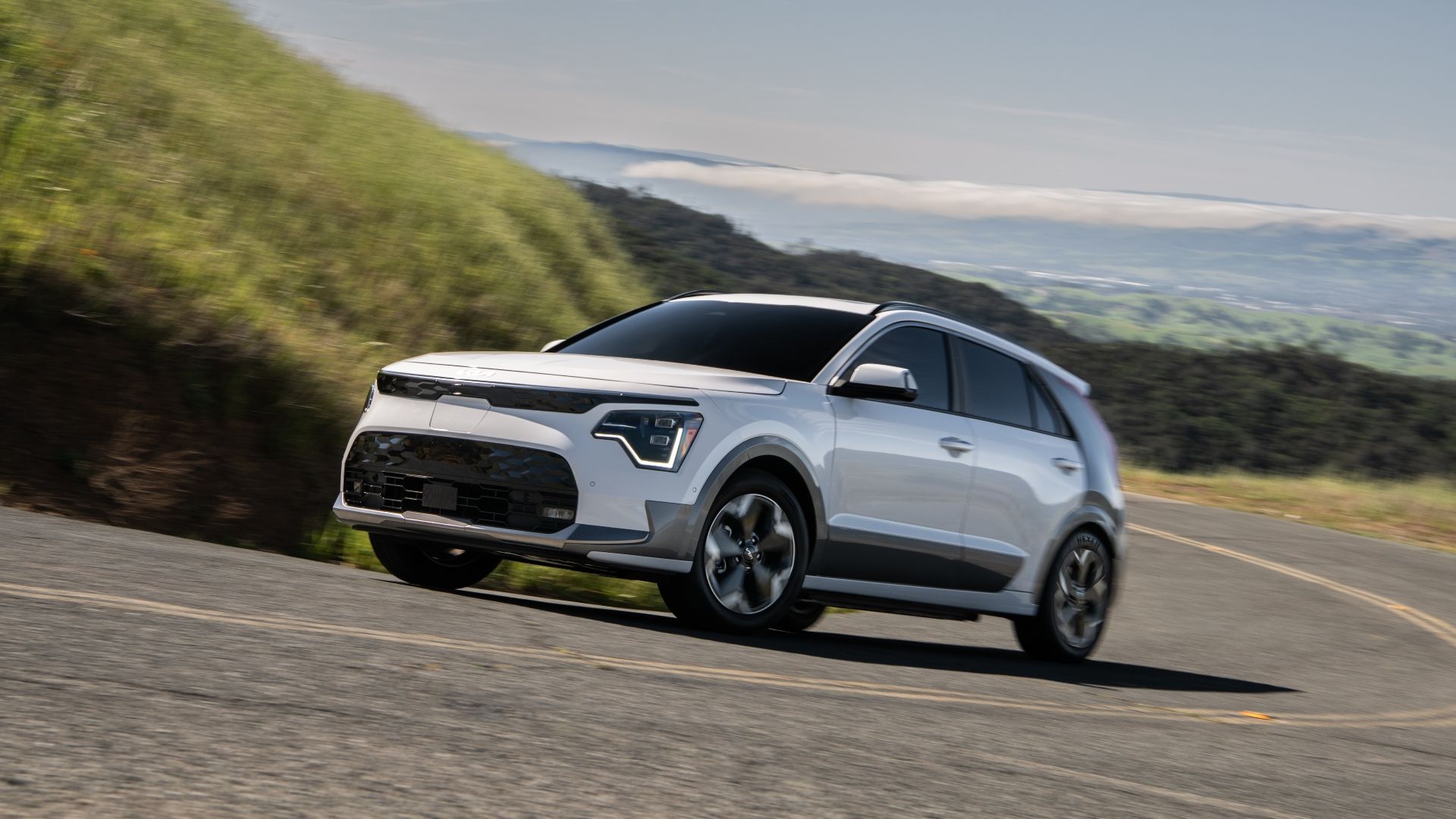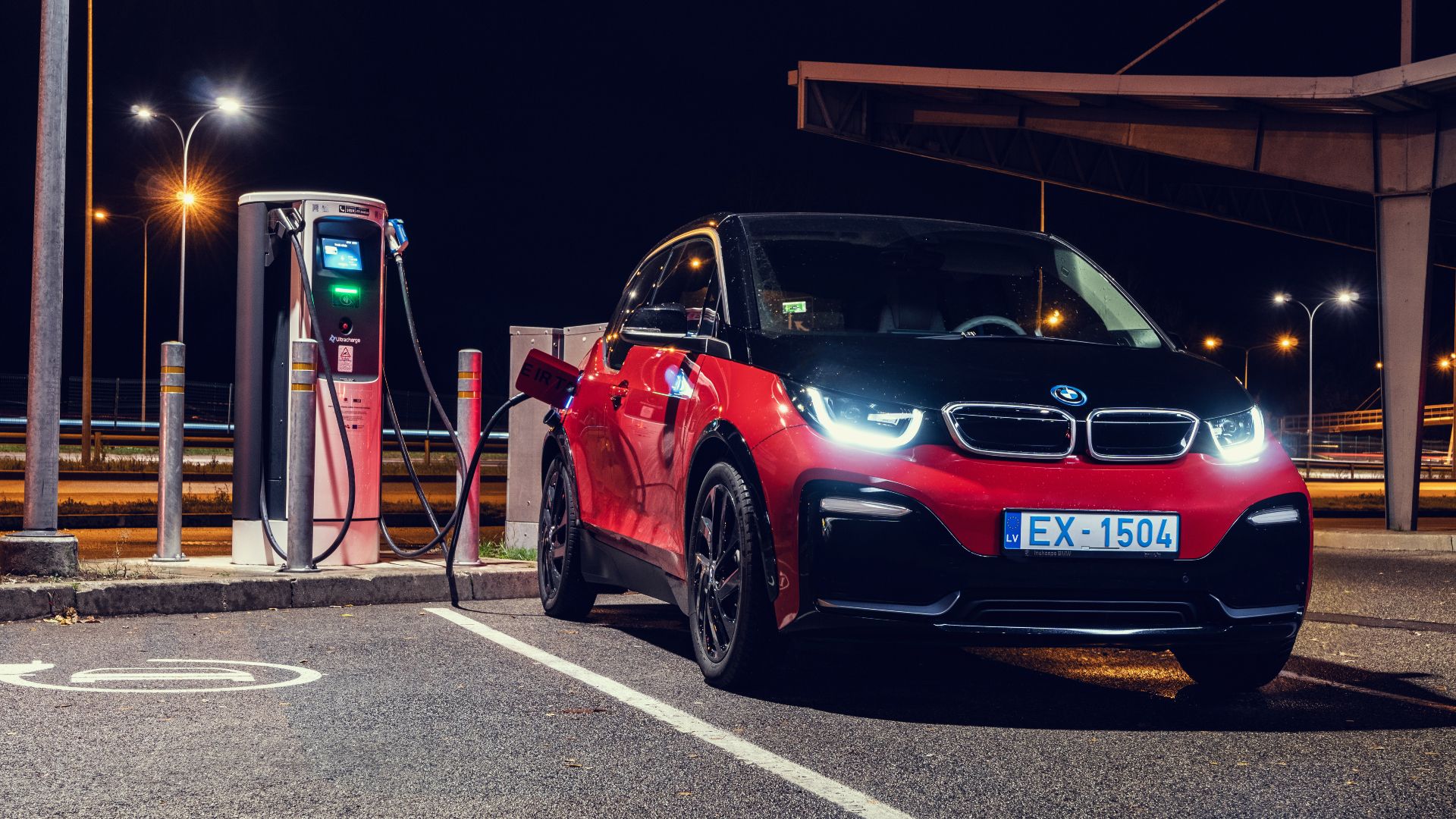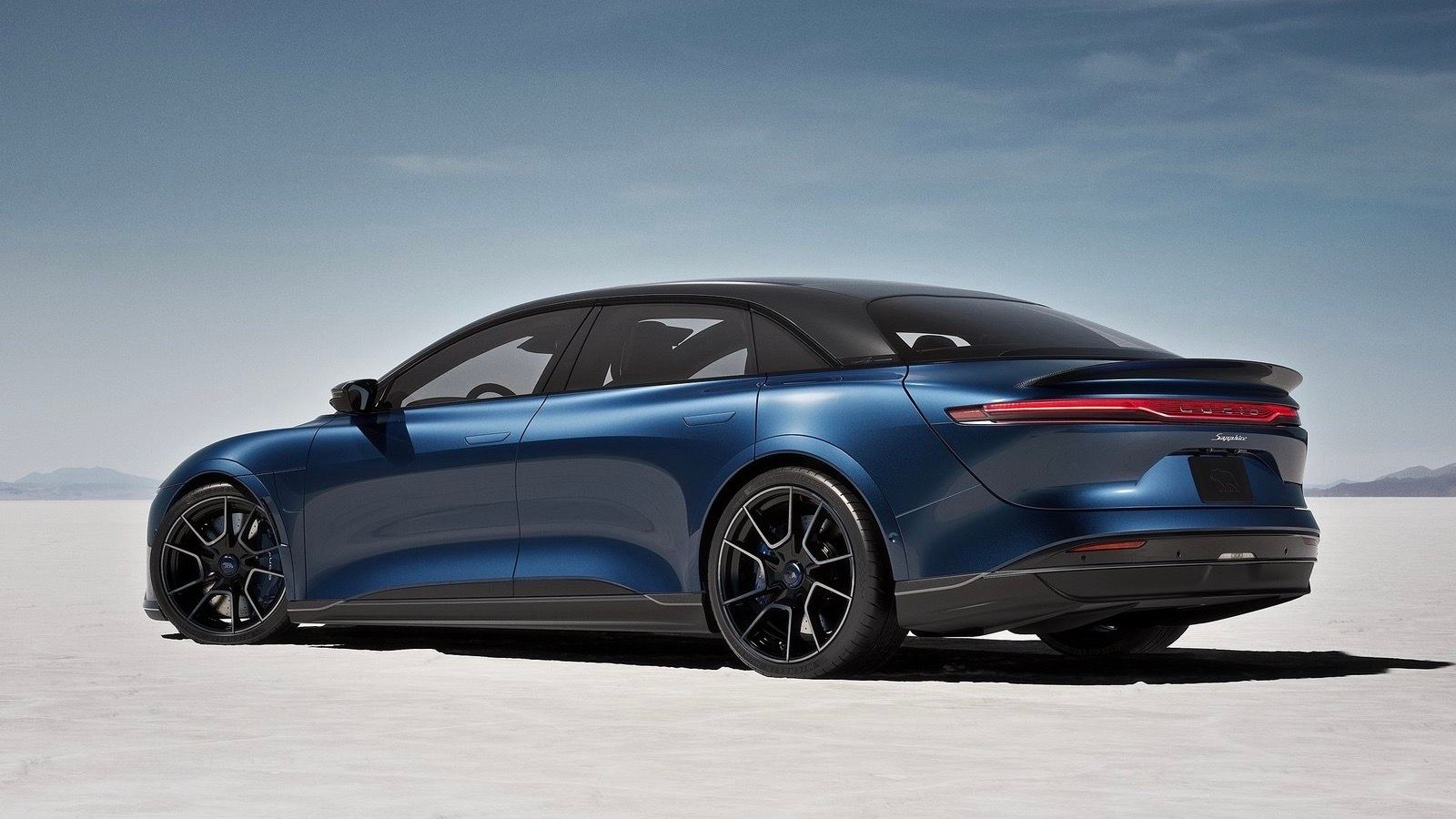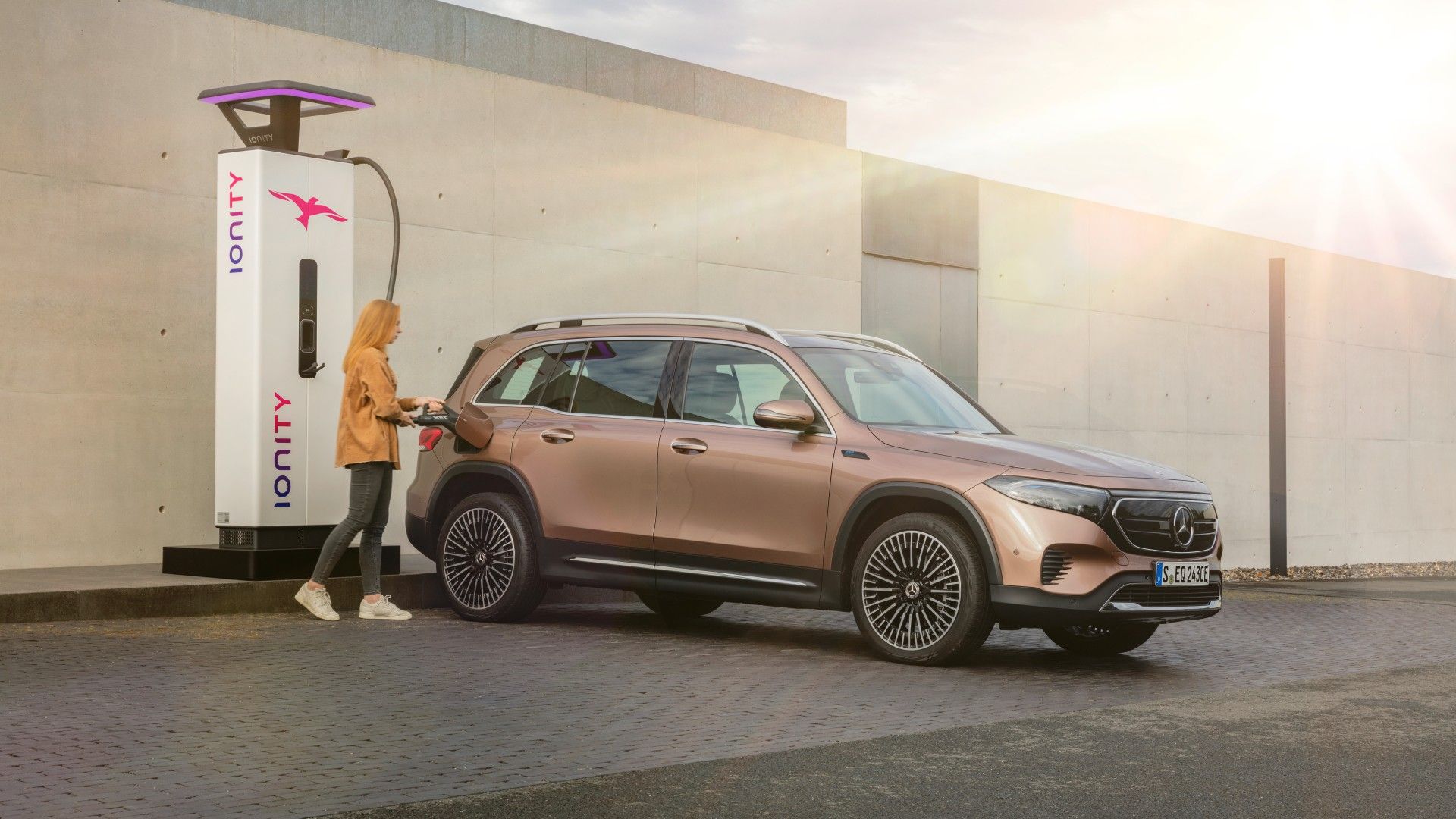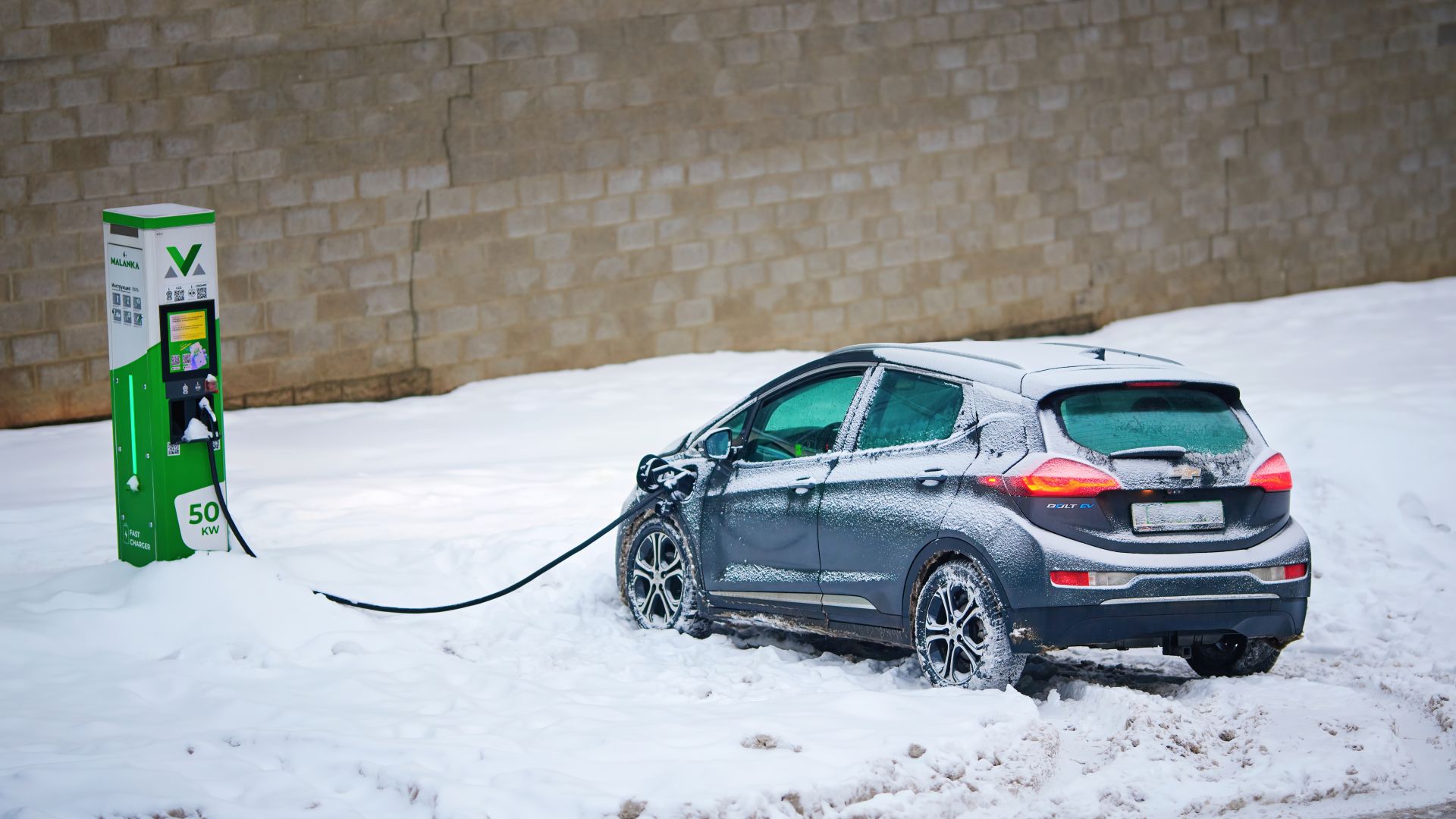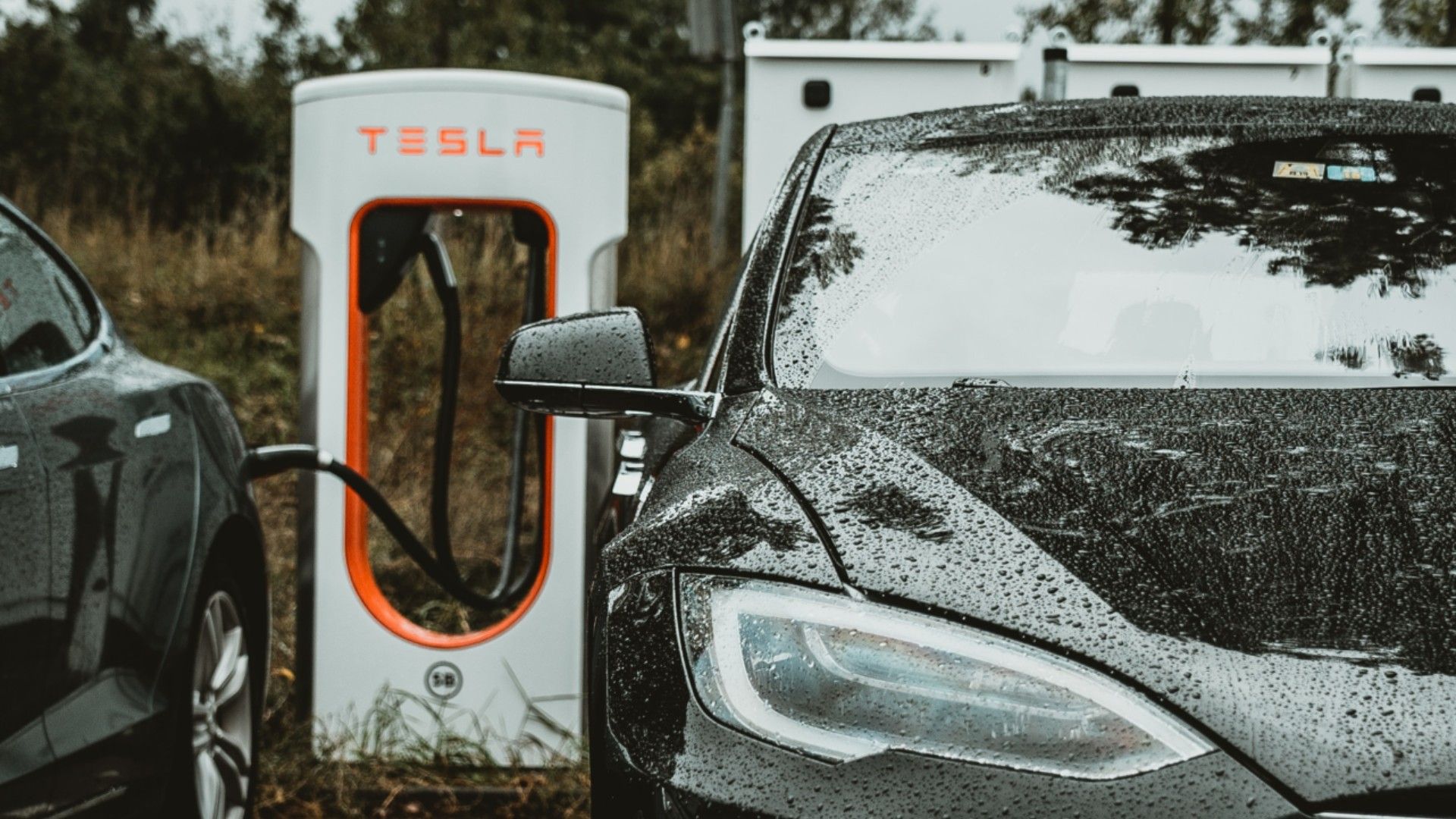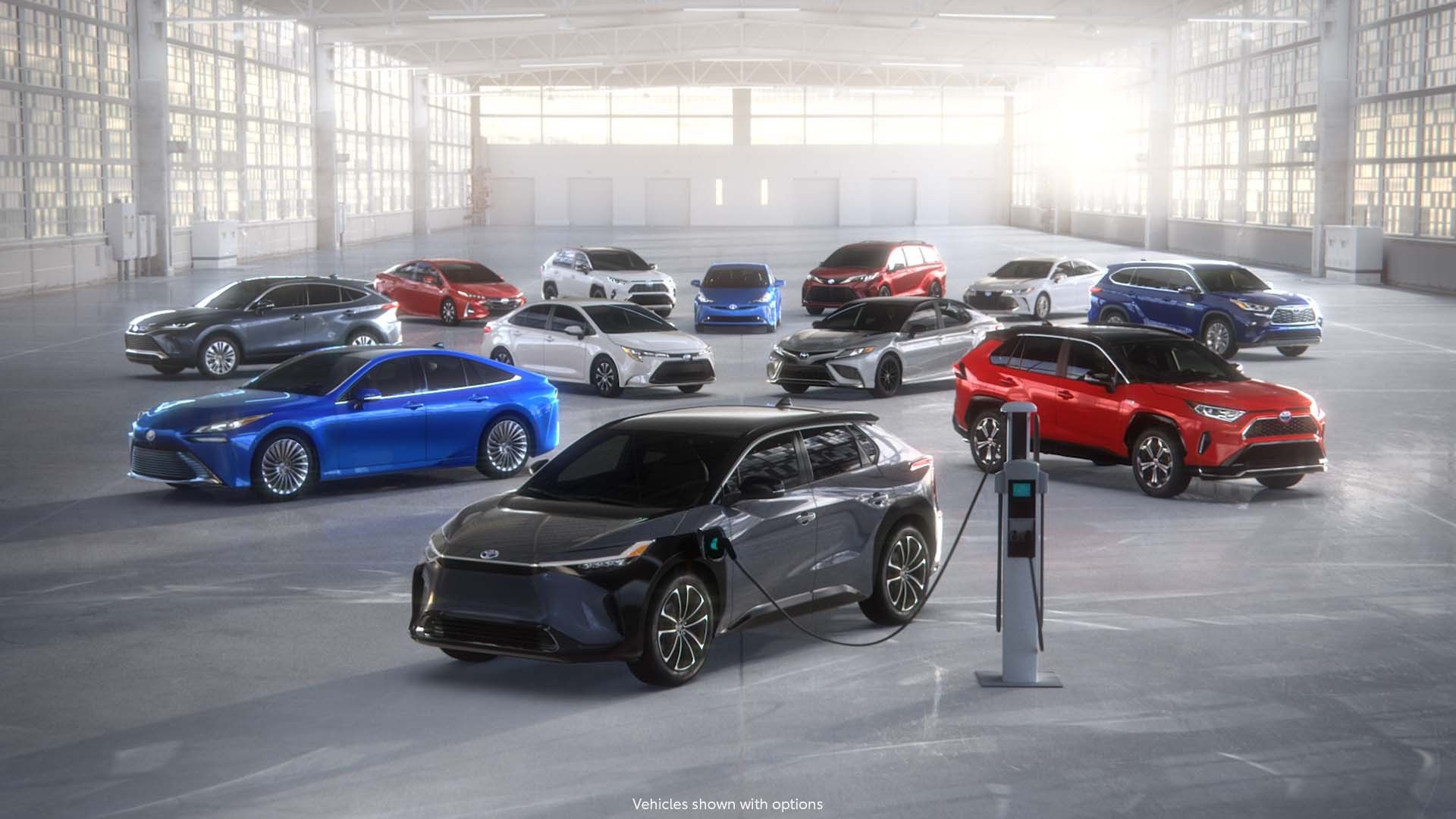The global automotive industry is rapidly transitioning towards electric vehicles (EVs) as governments implement stricter emissions regulations and consumers become increasingly aware of the environmental benefits of driving electric. However, while EVs have gained considerable momentum and represent a promising alternative to traditional internal combustion engine (ICE) vehicles, there are still several challenges and downsides that potential buyers should consider. Here are 10 downsides to owning an electric vehicle compared to their counterparts, including hybrids and plug-in hybrid electric vehicles. The key factors include the limited driving range, long charging times, higher upfront costs, and the likes. Potential EV buyers can make informed decisions based on unique circumstances, driving habits, and preferences. As the automotive industry continues to evolve and technology advances, some of these downsides may be mitigated or eliminated, making EVs an increasingly attractive option for a growing number of consumers. However, until these challenges are fully addressed, potential buyers must weigh the pros and cons of owning an electric vehicle to ensure they make the best choice for their needs and lifestyle.
10 EVs Don't Possess The Best Driving Range
The limited driving range of electric vehicles (EVs) is a significant disadvantage compared to traditional gas-powered vehicles, hybrids, and plug-in hybrid electric vehicles (PHEVs). While modern EVs can typically travel 200 to 300 miles on a single charge, gas-powered vehicles can go 300 to 500 miles or more on a full tank. Then there's the whole debate around refueling/ recharging times, where at the moment gasoline holds a distinct advantage. This means that EV owners need to carefully plan their trips and ensure access to charging stations to avoid running out of power. Hybrids and PHEVs, on the other hand, which have both an electric motor and a gasoline engine, can offer better overall range due to their gasoline engines, which provide power when the battery charge is depleted. However, hybrid and PHEV vehicles also have some range limitations as they depend on the gasoline engine once the battery charge is depleted.
9 Long Charging Times
Another downside of EVs is their longer charging times compared to filling up a gas tank. Even with fast-charging technology, charging an EV can take several hours, while filling up a gas tank takes only a few minutes. This might not be an issue on short commutes within city limits, but for longer journeys, the prolonged charging times can be a dealbreaker. This means EV owners must plan ahead to ensure their vehicles are charged before they need to hit the road. Hybrid and PHEV vehicles can be refueled in minutes, just like traditional gas-powered vehicles, providing a more convenient and time-saving option.
8 Higher Upfront Costs
The higher upfront costs of electric vehicles (EVs) present a barrier for many consumers, as they tend to be more expensive than their traditional gas-powered counterparts. One of the main factors contributing to this higher cost is the battery technology utilized in EVs, which remains relatively expensive compared to conventional internal combustion engines. Battery packs for EVs are currently the most significant component cost, often accounting for up to 30% or more of the vehicle's total price. However, as battery technology continues to improve, and economies of scale are achieved in battery production, the cost of owning an EV is expected to decline. When comparing EVs to hybrids and plug-in hybrid electric vehicles (PHEVs), the latter options are generally less expensive upfront. However, as more EVs are produced and battery costs continue to decrease, the price difference between EVs and their hybrid counterparts is expected to shrink further.
7 Limited Availability Of Charging Stations
One of the most significant challenges faced by EV owners is the limited availability of charging stations. Depending on the location, public charging infrastructure can be sparse, making it difficult to find a convenient charging point. Even in areas with numerous charging stations, they may be frequently occupied or occasionally out of order, causing inconvenience and delays for EV owners. In contrast, hybrid and PHEV vehicles do not rely on charging stations to the same extent as EVs, as they can be refueled at any gas station, just like traditional gas-powered vehicles. In response to the limited public charging infrastructure, many EV owners opt to install home charging stations. However, setting up a home charger can be expensive, with costs ranging from a few hundred to several thousand dollars, depending on the charger's capacity, installation complexity, and additional features. These expenses can be a considerable burden for EV owners, especially when considering the already higher upfront cost of purchasing an electric vehicle.
6 Cold Weather Impact On Battery Performance
One of the critical challenges faced by electric vehicle (EV) owners, particularly in colder climates, is the impact of cold temperatures on battery performance. When exposed to low temperatures, EV batteries tend to lose efficiency, which results in a reduced driving range and longer charging times. Cold weather affects an EV's battery performance in several ways. First, the battery's internal resistance increases when it is cold, which means it is less efficient at storing and releasing energy. This reduced efficiency translates to a decrease in driving range, sometimes by as much as 30-50% in freezing conditions. Moreover, when the battery is cold, it takes longer to accept a charge, resulting in extended charging times.
The heating system in an EV also relies on the battery, unlike in traditional gasoline-powered vehicles, where waste heat from the engine is utilized. This additional demand on the battery during cold weather can further reduce the available driving range, as more energy is diverted to keeping the cabin warm. In comparison, hybrid and plug-in hybrid electric vehicles (PHEVs) are less affected by cold weather due to their dual power sources. The gasoline engine in these vehicles provides additional power, enabling them to maintain their performance even in low temperatures. Furthermore, hybrid and PHEV vehicles can use waste heat from the internal combustion engine to heat the cabin, reducing the burden on the battery and conserving energy.
5 EV Batteries Are Susceptible To Degradation Over Time
Like all batteries, electric vehicle batteries degrade over time, impacting the performance and range of the vehicle. This degradation occurs as the battery's capacity to hold charge decreases with age and use, leading to a reduction in the vehicle's driving range. A variety of factors, such as the number of charging cycles, extreme temperatures, and driving habits, can influence the rate of battery degradation. Compared to hybrid and plug-in hybrid electric vehicles (PHEVs), which also use batteries, EV batteries tend to degrade more quickly due to their higher usage rate. While both types of vehicles rely on batteries to power their electric motors, hybrid and PHEV batteries typically experience less stress, as they are supplemented by gasoline engines. As a result, these vehicles are less likely to suffer from significant battery degradation over time.However, most modern EV batteries are designed to maintain at least 70% of their original capacity after 8 years or 100,000 miles of use, and some may even exceed these performance metrics. To extend the life of an EV battery, owners can adopt several best practices, such as avoiding frequent fast charging, minimizing exposure to extreme temperatures, and following the manufacturer's guidelines for charging and maintenance.
4 Compromised Cargo Space
A common drawback of many electric vehicles is their limited cargo space compared to traditional gas-powered vehicles. Due to the space needed for batteries and other electric components, EVs often sacrifice storage capacity, more so the case with hybrid vehicles, making them less suitable for families or individuals who need to transport larger items. This limitation can be particularly noticeable in compact EVs and sedans, which prioritize efficiency and aerodynamics over cargo space. In contrast, some hybrid and plug-in hybrid electric vehicles (PHEVs) offer more cargo space, providing a more versatile option for users with various transportation needs.
It's essential to note that not all EVs suffer from limited cargo space. Several electric SUVs and crossovers on the market provide ample storage capacity, comparable to their gas-powered counterparts. Moreover, some innovative vehicle designs, such as Tesla's frunk, provide additional storage space in areas typically occupied by the internal combustion engine in traditional vehicles. As EV technology continues to advance and battery technology becomes more efficient and compact, manufacturers are likely to develop vehicles with increased cargo capacity to better cater to the needs of a wider range of consumers. Furthermore, the expanding range of electric vehicle options, from compact cars to SUVs and even pickup trucks, is expected to offer consumers more choices for cargo space and versatility.
3 Require Specialized Maintenance
Electric vehicles (EVs) have distinct maintenance needs to be compared to traditional gas-powered vehicles and even hybrid and plug-in hybrid electric vehicles (PHEVs). This difference stems from the unique components and systems present in EVs, such as their electric motors, battery packs, and charging systems. As a result, finding a qualified mechanic familiar with EV technology and capable of diagnosing and repairing any issues can be more challenging. Traditional gas-powered vehicles, as well as hybrid and PHEV vehicles, have more standardized maintenance requirements, as they rely on internal combustion engines (ICEs) that have been in use for decades. This makes it easier to find mechanics with the necessary skills and equipment to perform routine maintenance and repairs.
However, as EV adoption continues to grow, the availability of specialized mechanics and service centers is increasing. Automakers and independent service providers are investing in the training and tools necessary to service and repair electric vehicles, ensuring that owners have access to the expertise they need. It's also worth noting that EVs typically require less maintenance overall than their ICE counterparts, as they have fewer moving parts and don't require oil changes, tune-ups, or exhaust system repairs. This can result in lower long-term maintenance costs for EV owners, even if finding a qualified mechanic can be more challenging initially.
2 EVs Don't Have A Strong Resale Value
While EVs hold their value well in the first few years, they tend to depreciate more quickly than traditional gas-powered vehicles over the long term. This depreciation rate can be attributed to several factors, such as advancements in battery technology, changes in consumer preferences, and potential concerns regarding battery degradation. According to Forbes, several electric vehicle models have been observed to experience rapid depreciation, with some losing as much as 50% or more of their value within three years of ownership. This is in contrast to traditional gas-powered vehicles, which generally see a more gradual depreciation curve.
One reason for this discrepancy in depreciation rates is the rapid advancements in battery technology. As newer EV models with improved range and performance hit the market, older models can become less desirable, causing their resale value to drop more rapidly. Additionally, consumer preferences may shift towards newer EV models with enhanced features, further contributing to the depreciation of older models. Another factor influencing the depreciation of EVs is concerns about battery degradation over time. As EV batteries age, they may lose their ability to hold a charge, resulting in decreased range and performance. Potential buyers might be hesitant to purchase a used EV due to uncertainties regarding the remaining lifespan of the battery.
1 Environmental Concerns Related To Battery Production And Disposal
Although EVs are generally considered more environmentally friendly than gas-powered vehicles, there are still concerns about the environmental impact of producing and disposing EV batteries. Battery production requires the extraction and processing of rare earth metals, which can result in significant environmental damage and contribute to greenhouse gas emissions. Additionally, the disposal and recycling of used EV batteries pose challenges due to the hazardous materials involved. In contrast, hybrid and PHEV vehicles have smaller batteries and rely less on battery power, potentially reducing the environmental impact of battery production and disposal.

